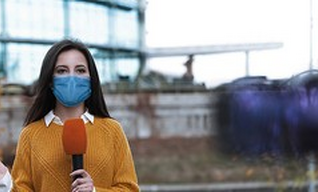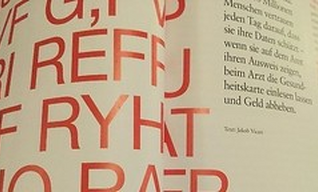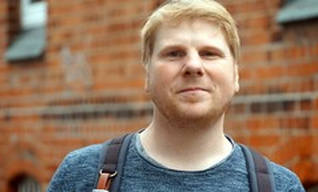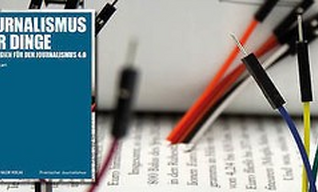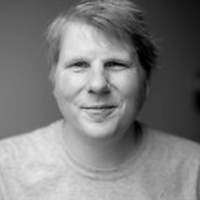
Jakob Vicari
Lüneburg
-
Noch keine BeiträgeHier wird noch geschrieben ... bitte schaue bald nochmal vorbei

Jakob Vicari
-
sprint
-
konzeption
-
formatentwicklung
-
dialog
-
technologie
-
entwicklung
-
corporate-publishing
Vita
Dr. Jakob Vicari ist Mitgründer und Lead Creative Technologist von tactile.news.
Jakob verlässt kein Gespräch ohne vier neue Ideen. Er hat das Berufsfeld “Journalismus der Dinge” erfunden und sich den “Lead Creative Technologist” ausgedacht. Mit Astrid Csuraji hat er tactile.news gegründet, um jeden Tag mindestens 100 Ideen in Notion zu schreiben. Jakob hat über “Journalistische Komposition” promoviert und war mal Redakteur der WIRED Germany. Er entwickelt Prototypen wie das smarte Nachrichtenmöbel sMirror und preisgekrönte Sensor-Experimente wie die „Superkühe“ und „#bienenlive“ für den WDR. Er hat eine ausgeprägte Abneigung gegen Brainstormings und liebt Ideen-Sprints.
2019 erschien sein Buch “Journalismus der Dinge. Strategien für den Journalismus 4.0” (Halem).
Beauftragen & Kontaktieren
Workshops
Ich unterrichte u.a. an der Hamburg Media School, JONA, ARDZDFMedienakademie und hielt Workshops u.a. bei Freischreiber, Vocer Innovation Media Day, Spiegel und GIJC.
Auftraggeber
Brand Eins , Frankfurter Allgemeine Sonntagszeitung , NZZ , NZZ Folio , National Geographic , Süddeutsche Zeitung , WDR , tactile.news
Weitere Profile
Freischreiber , Twitter , tactile.news
Fehler!
Leider konnte der Artikel nicht gefunden werden.
We can't find the internet
Attempting to reconnect
Something went wrong!
Hang in there while we get back on track

